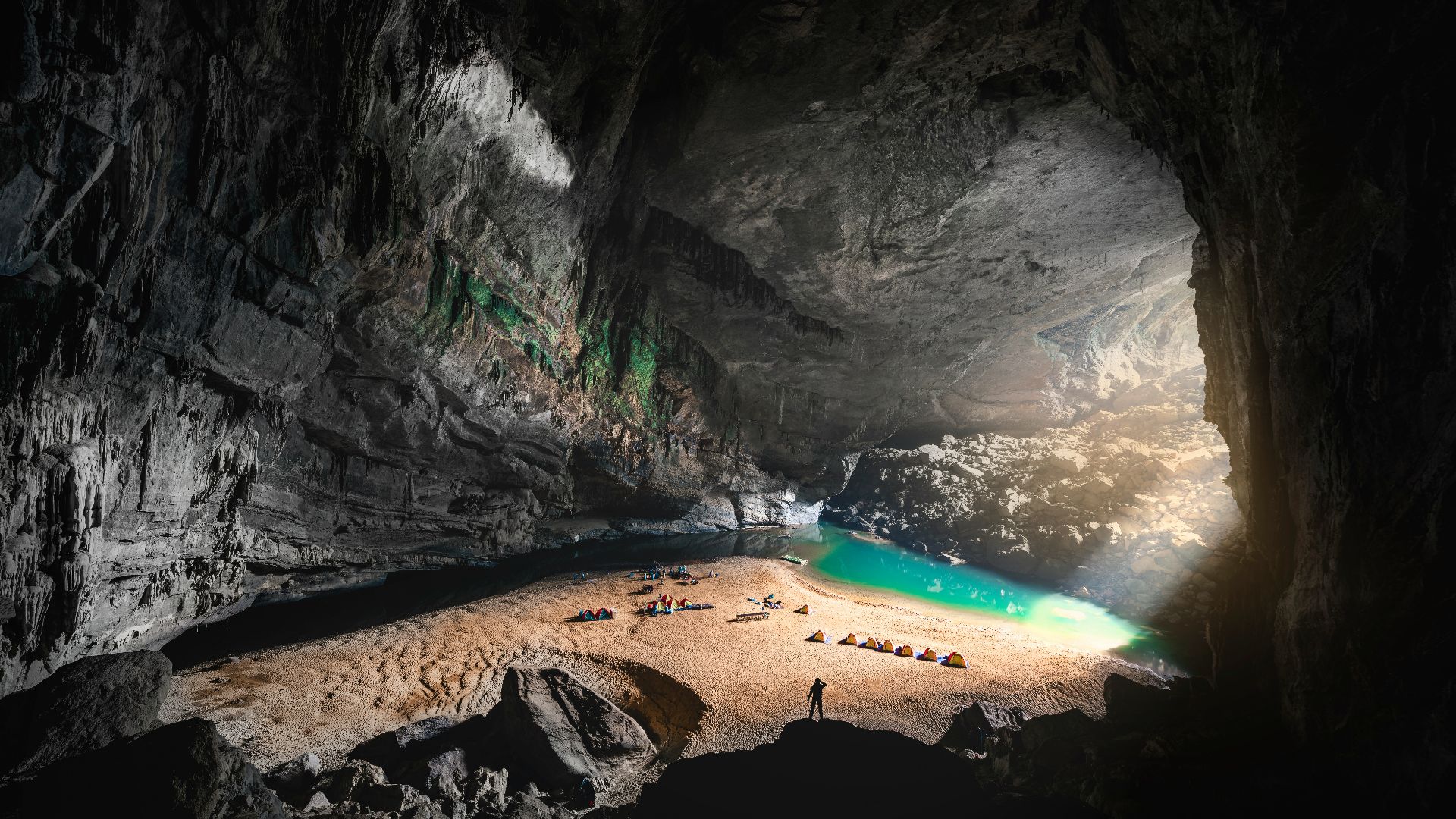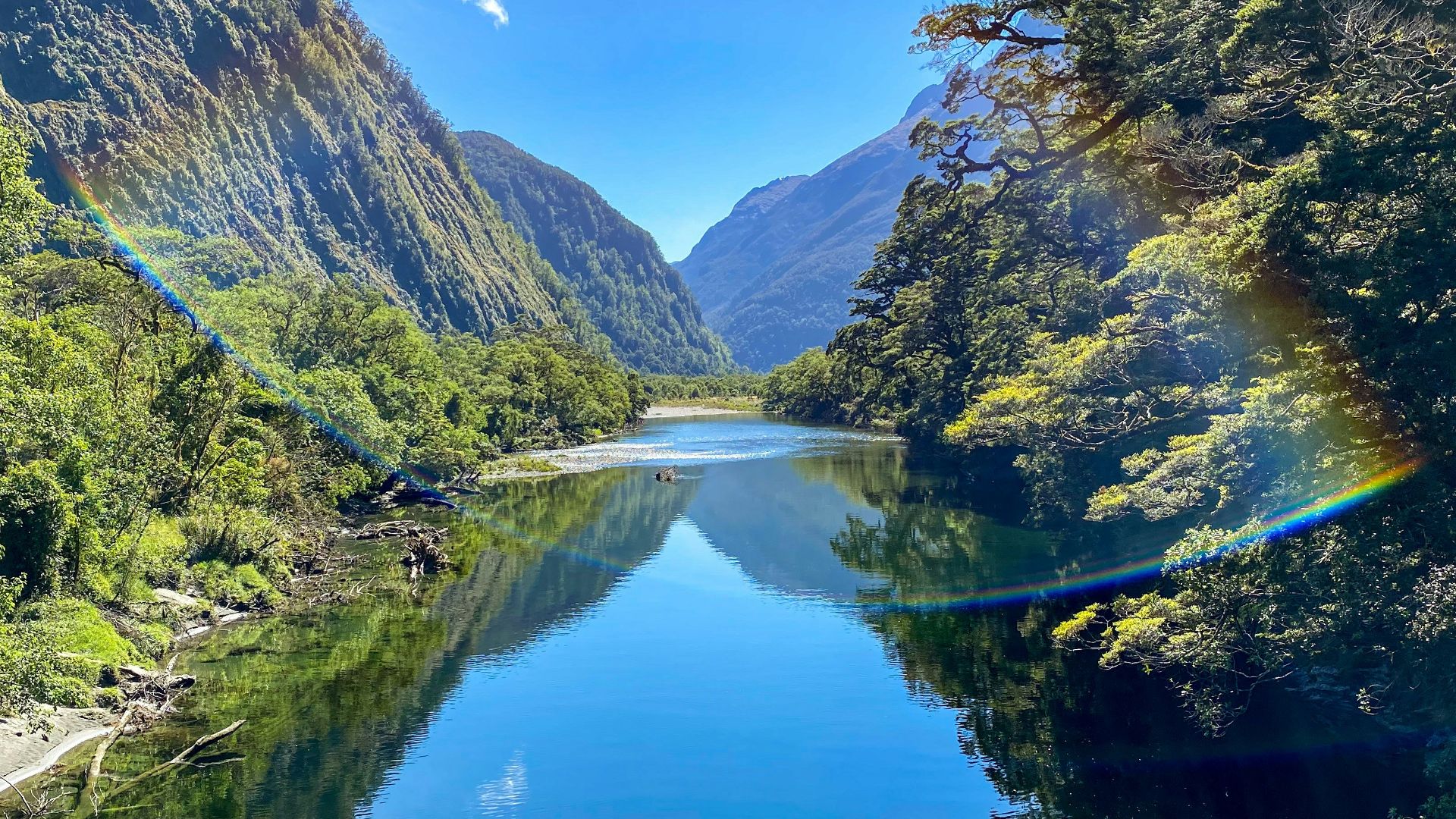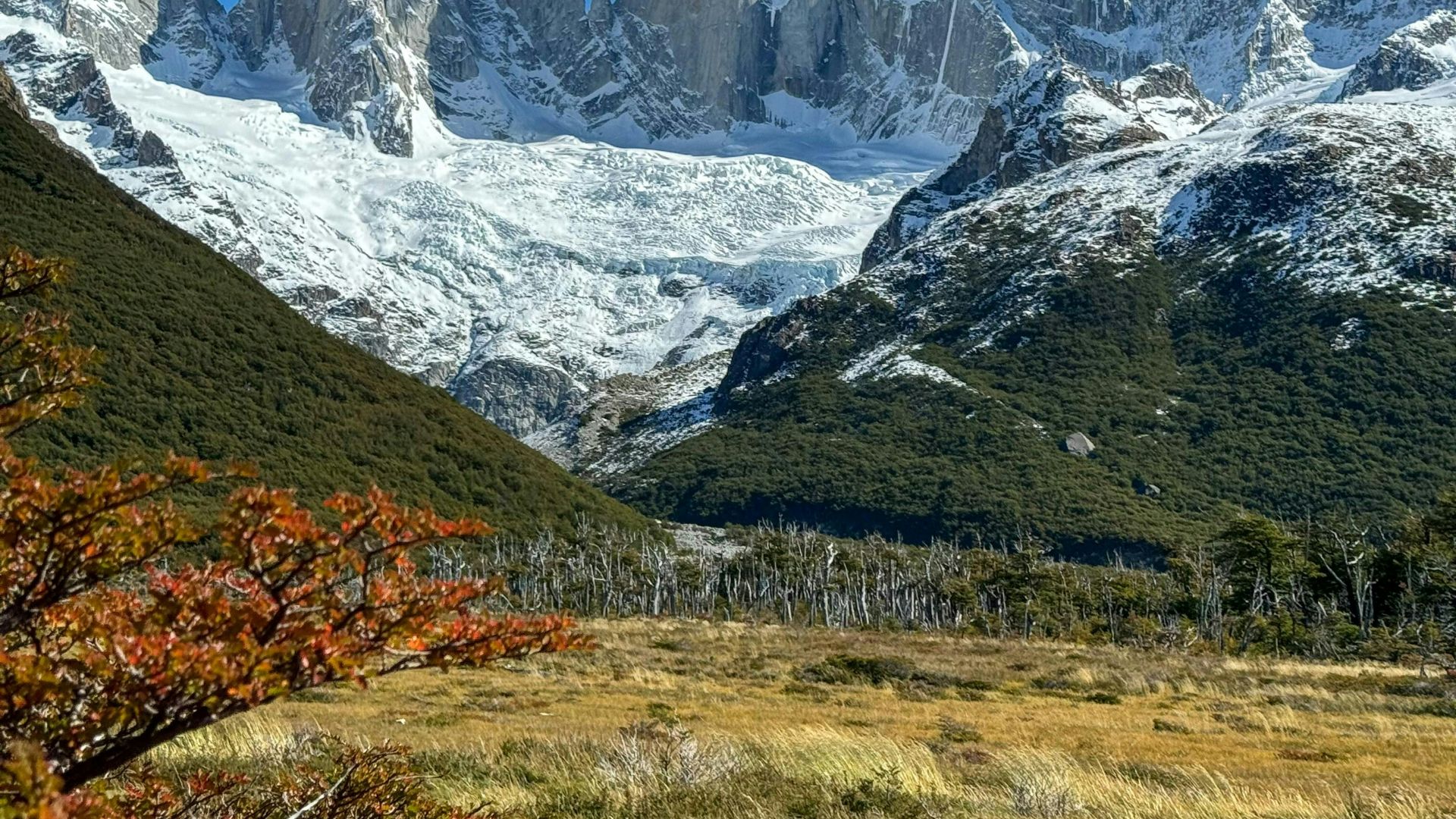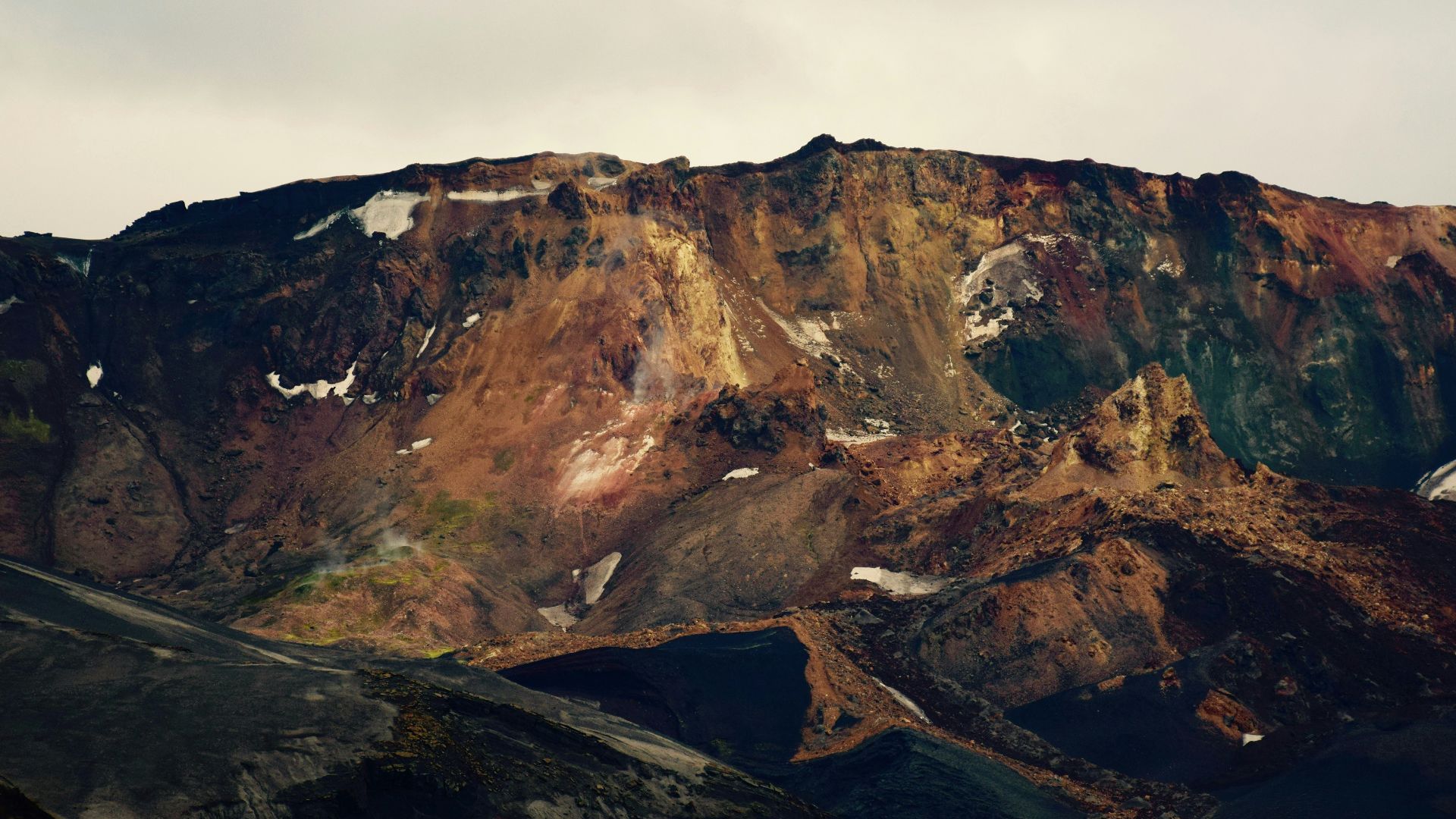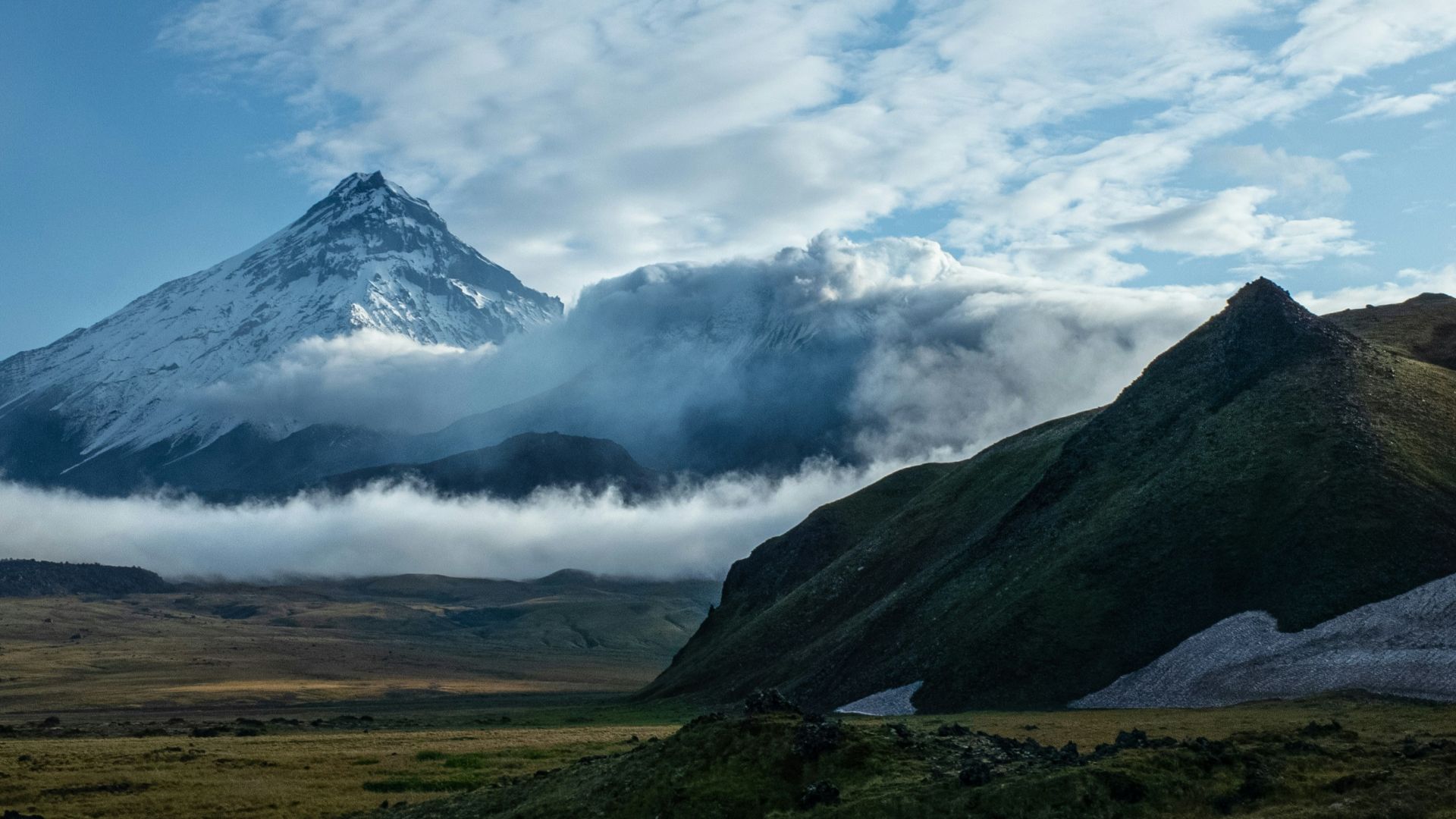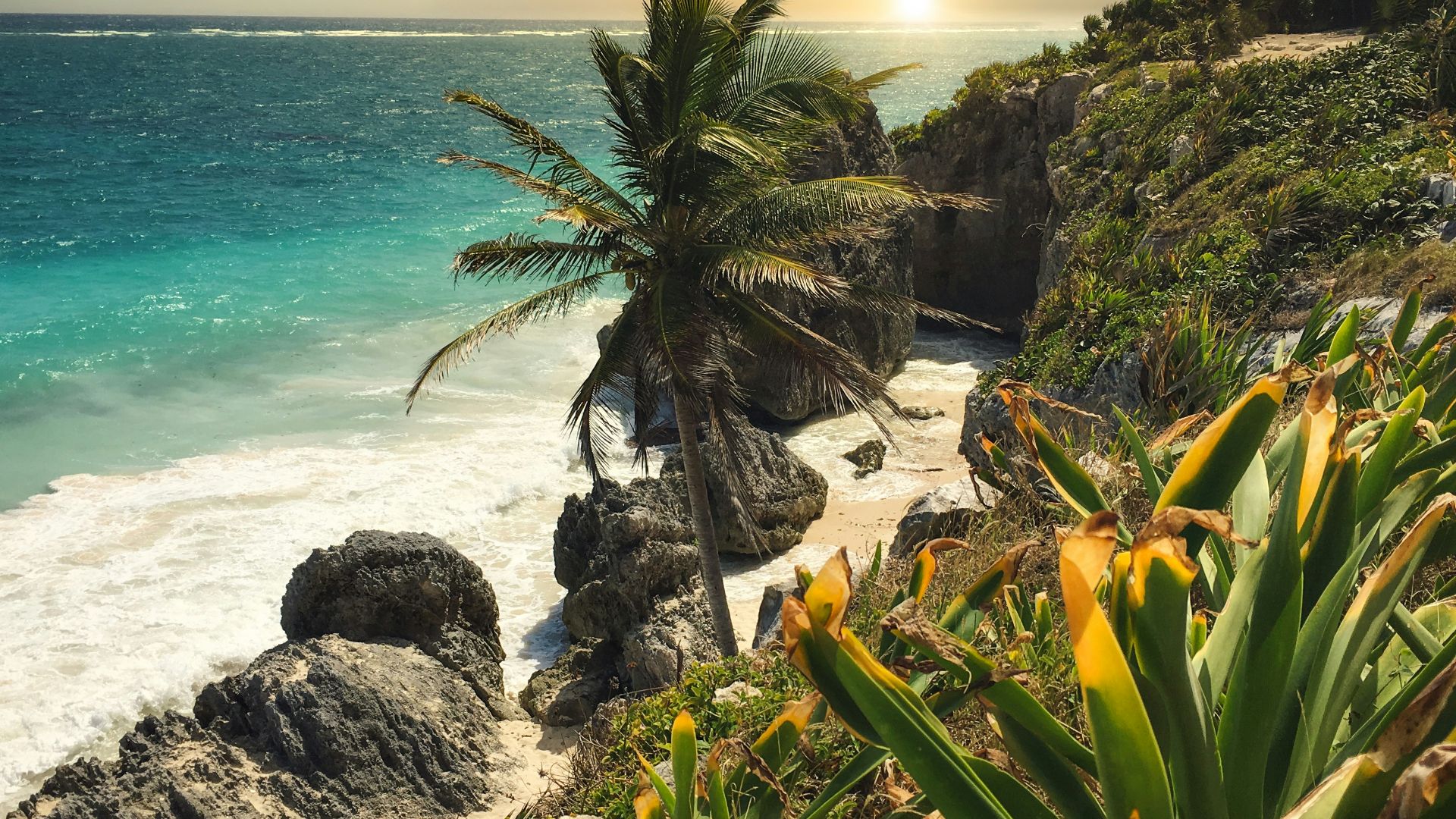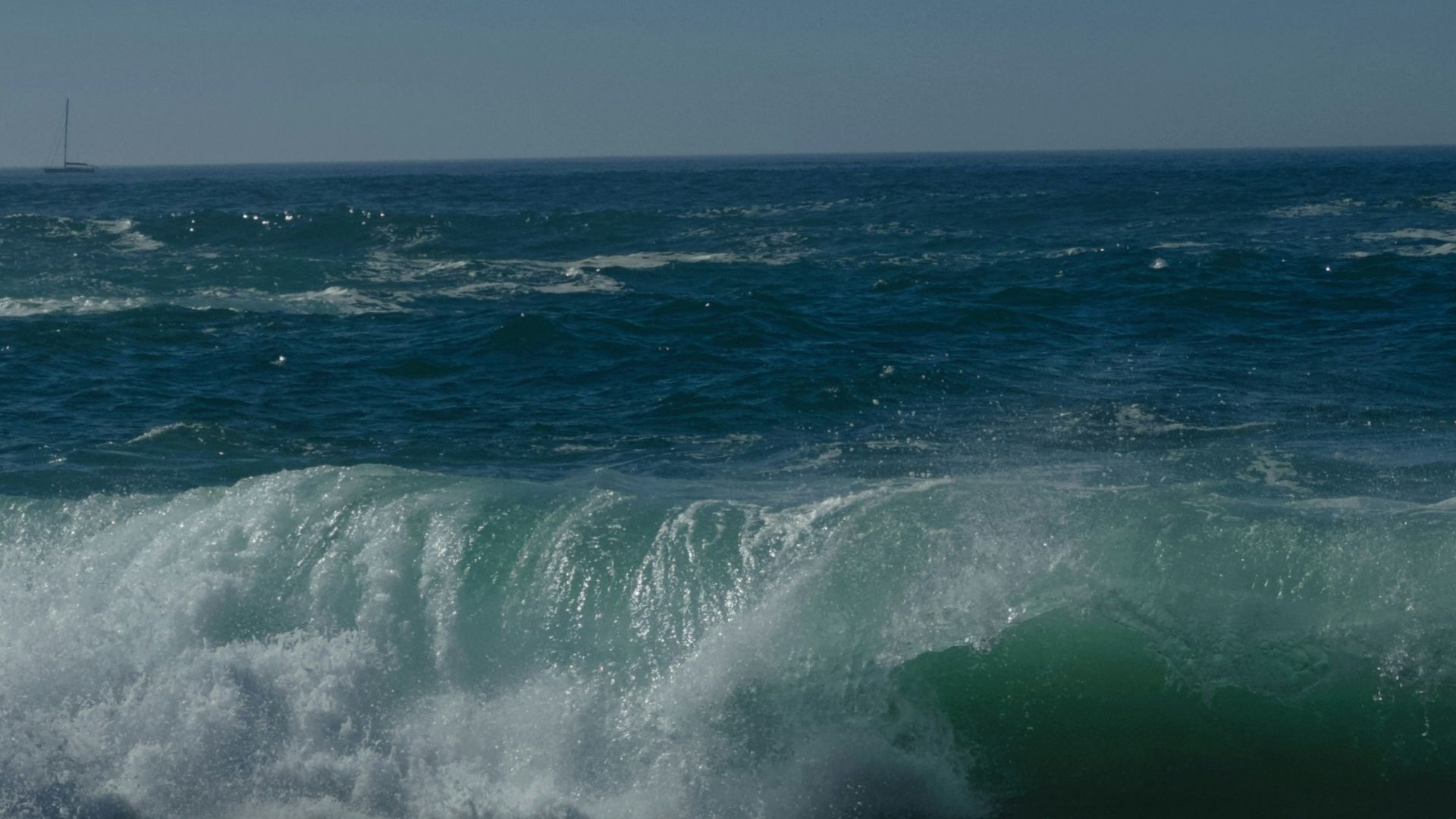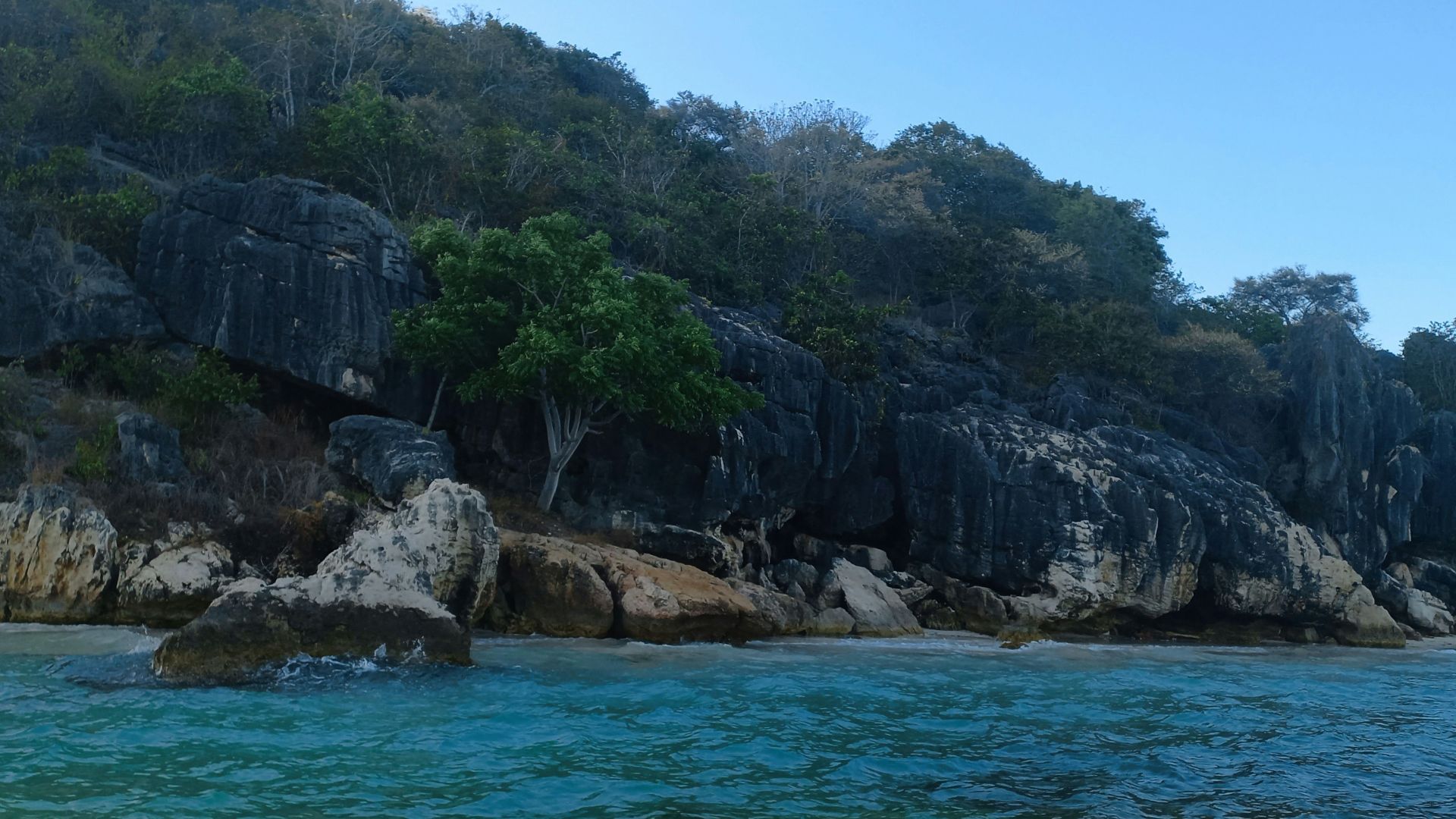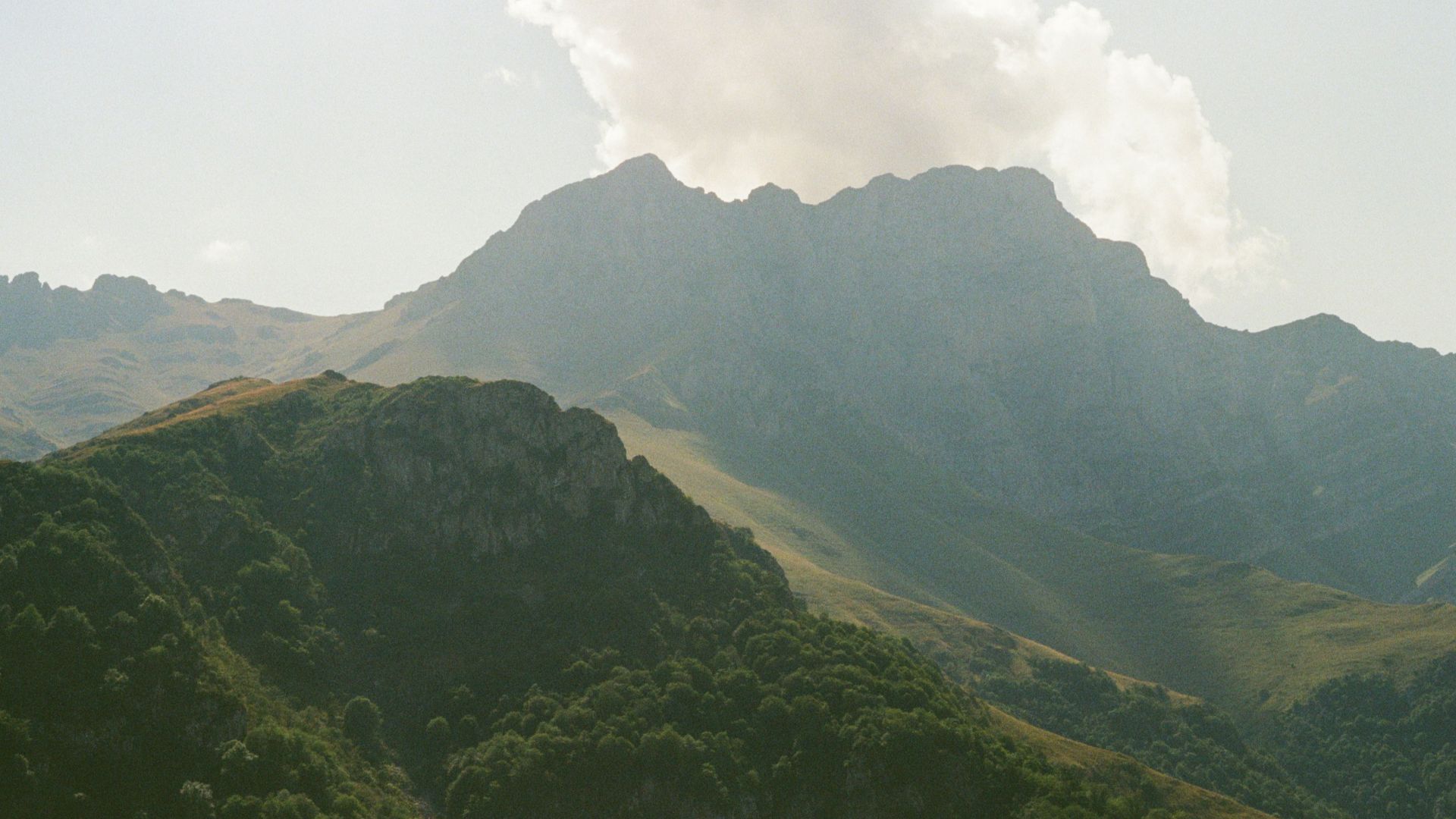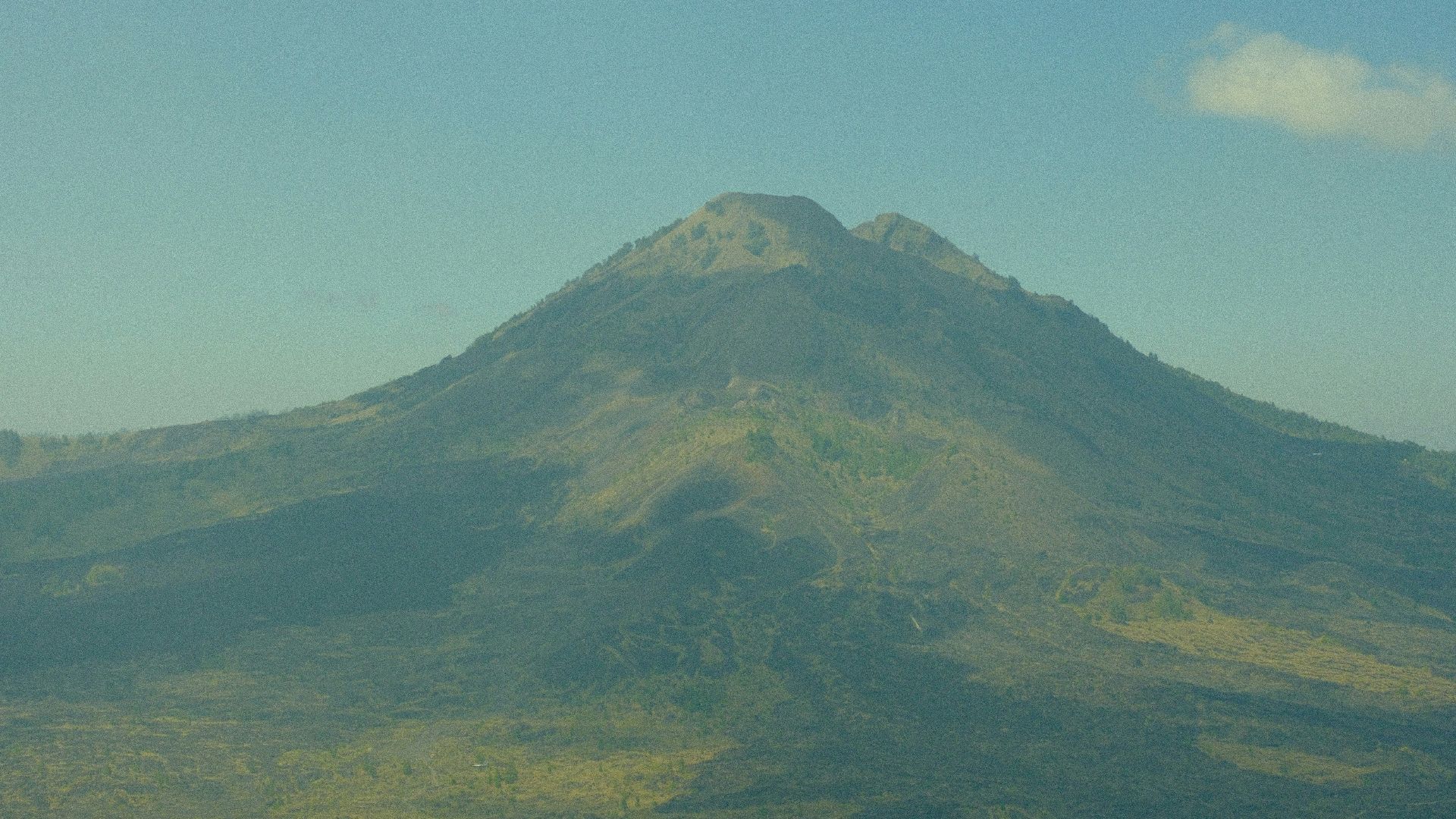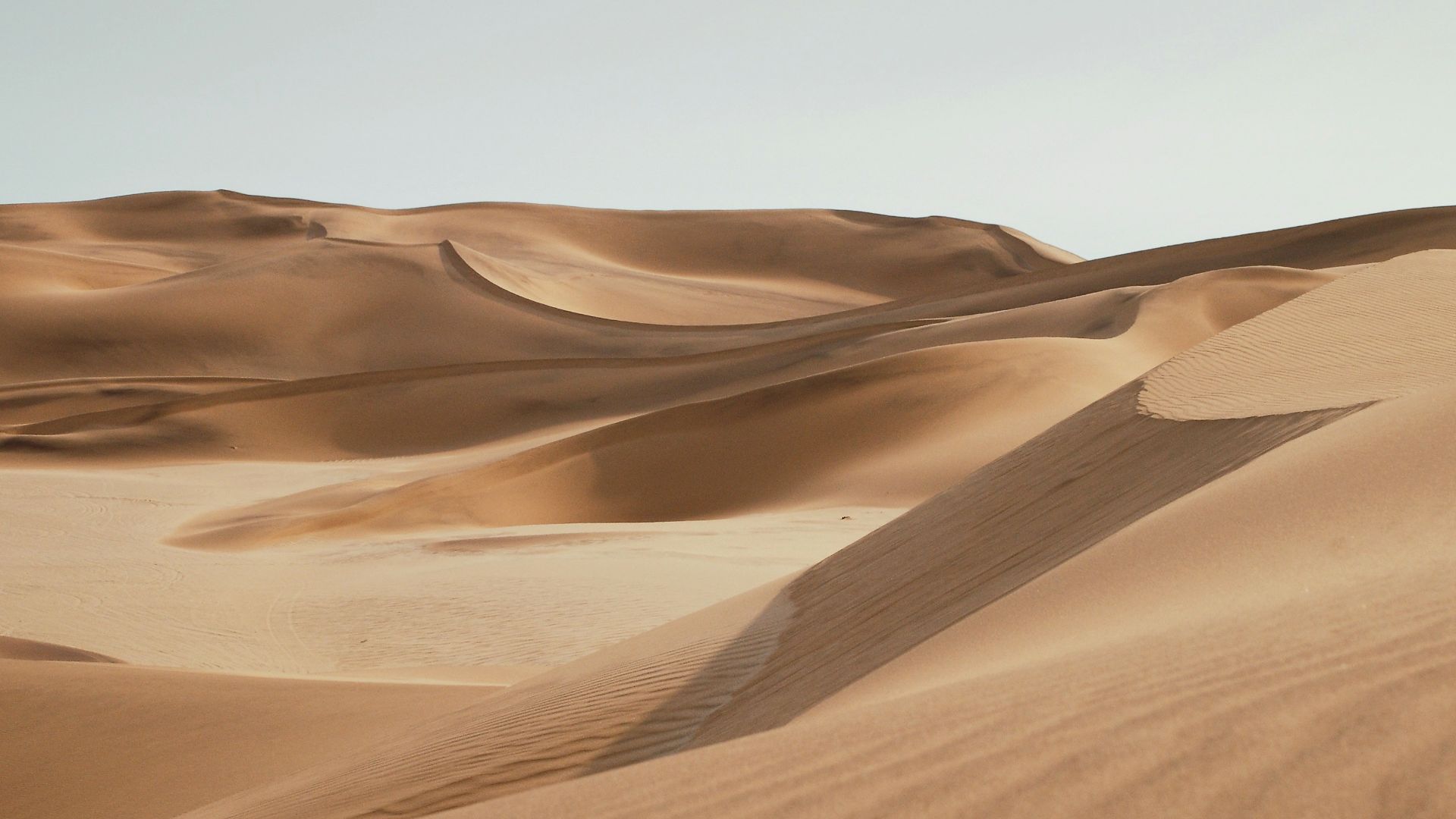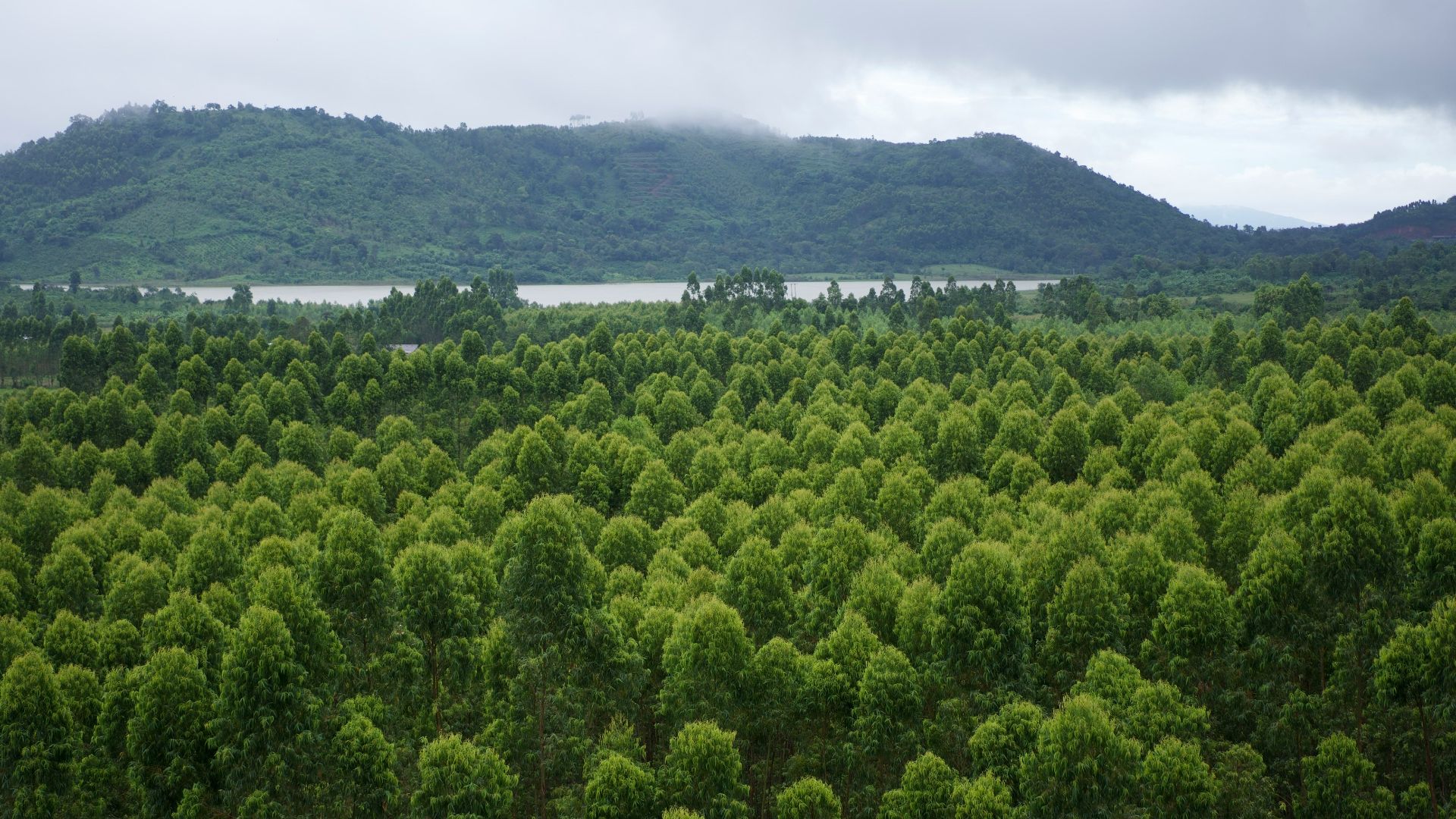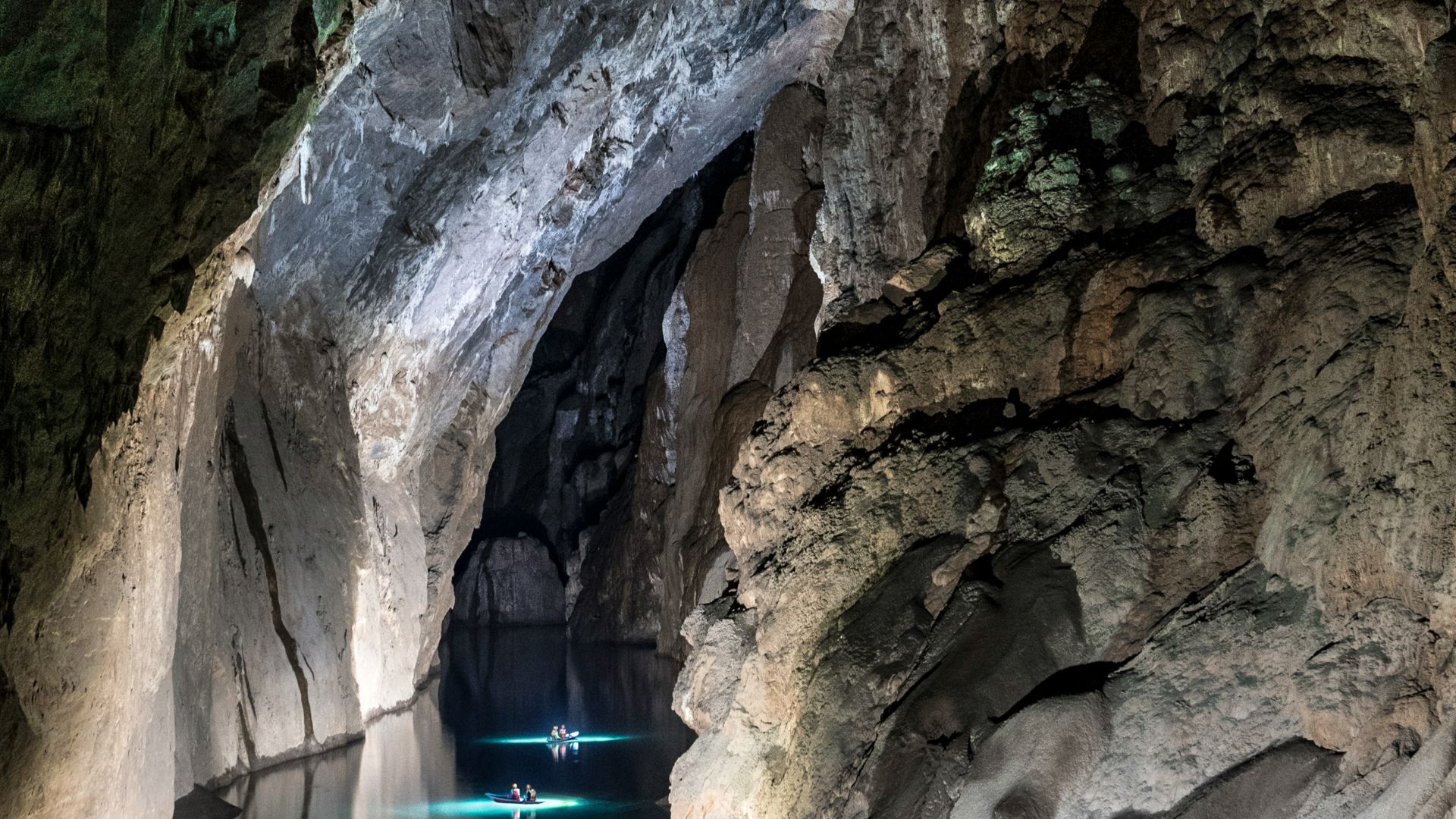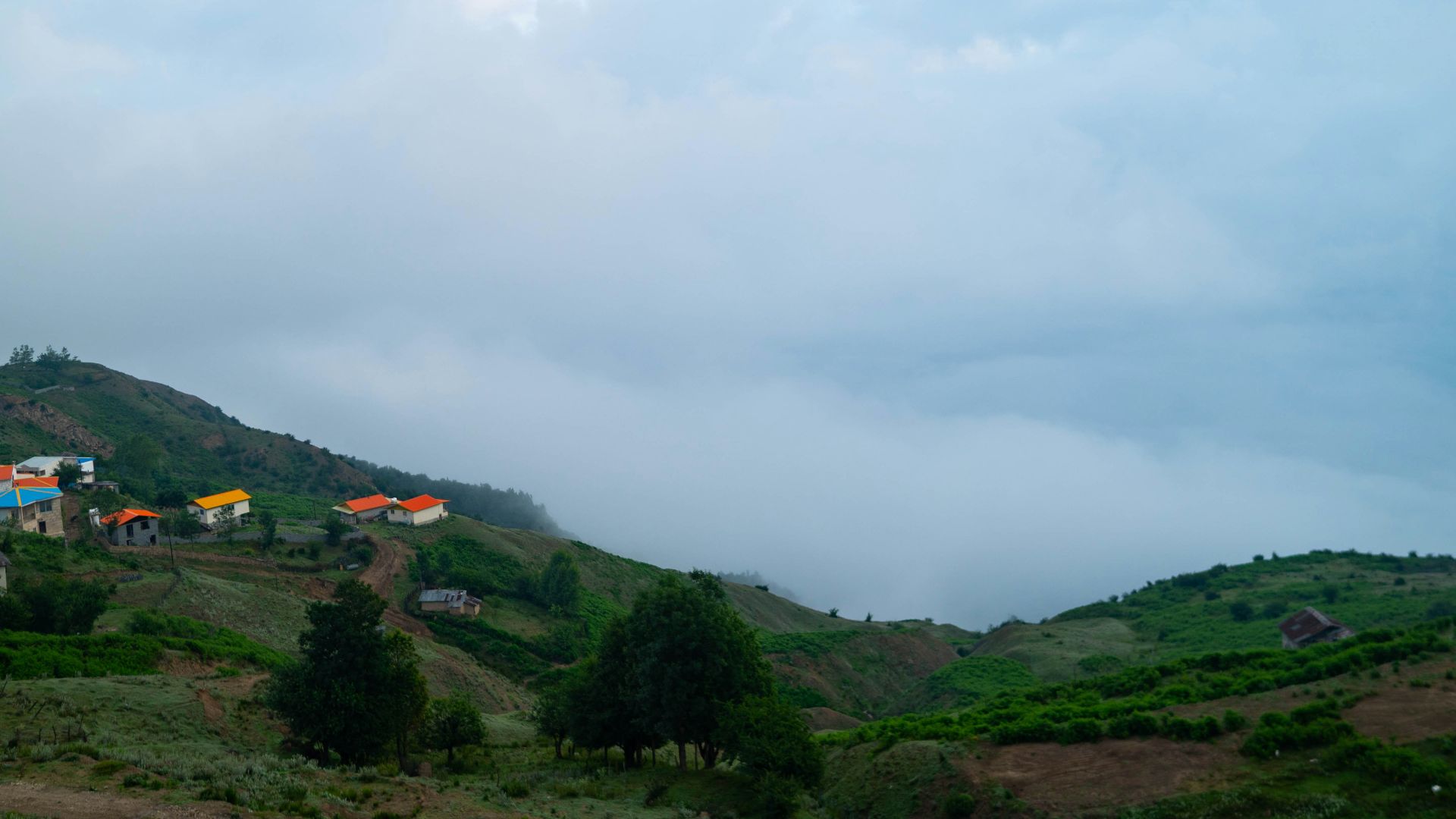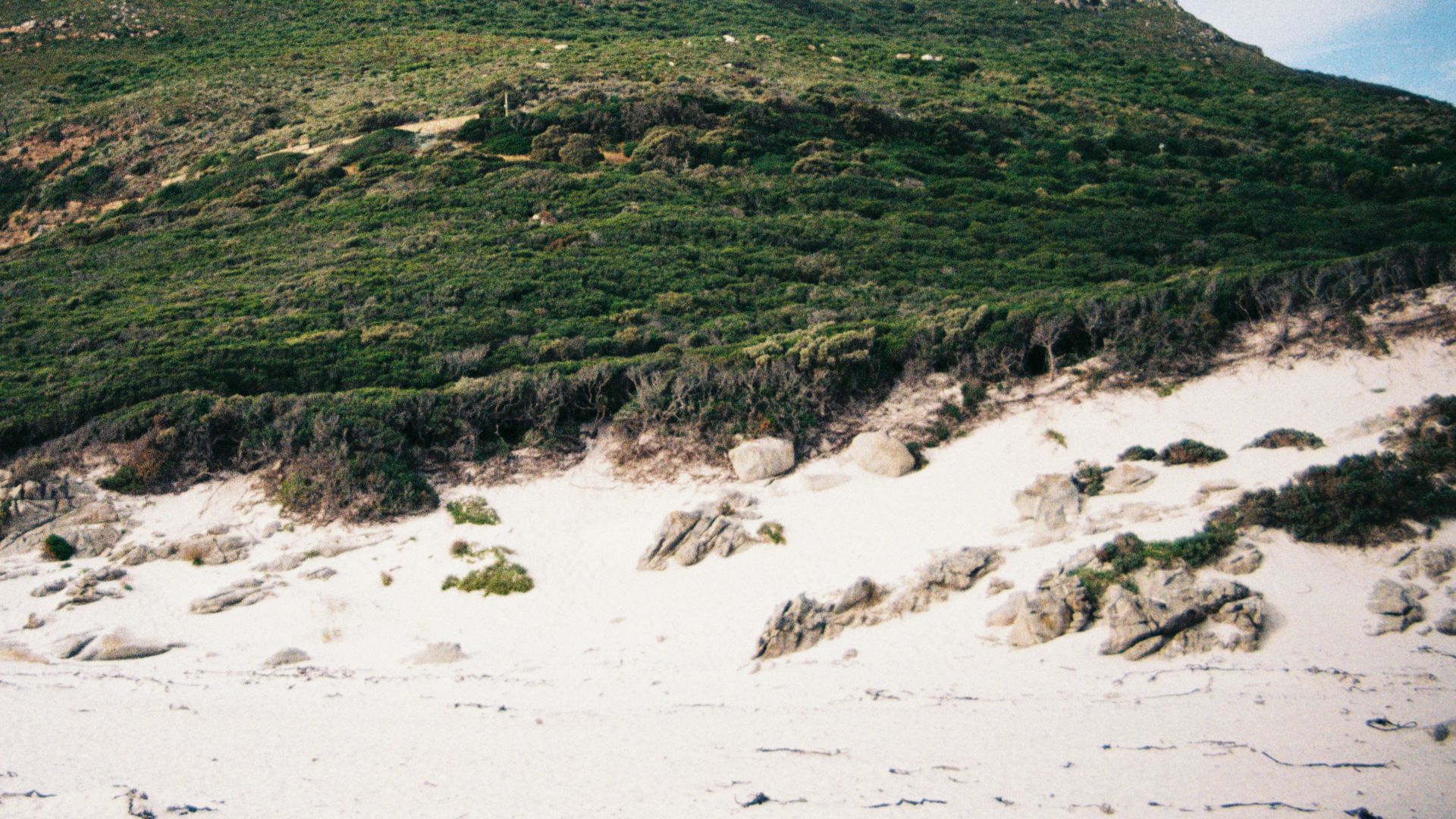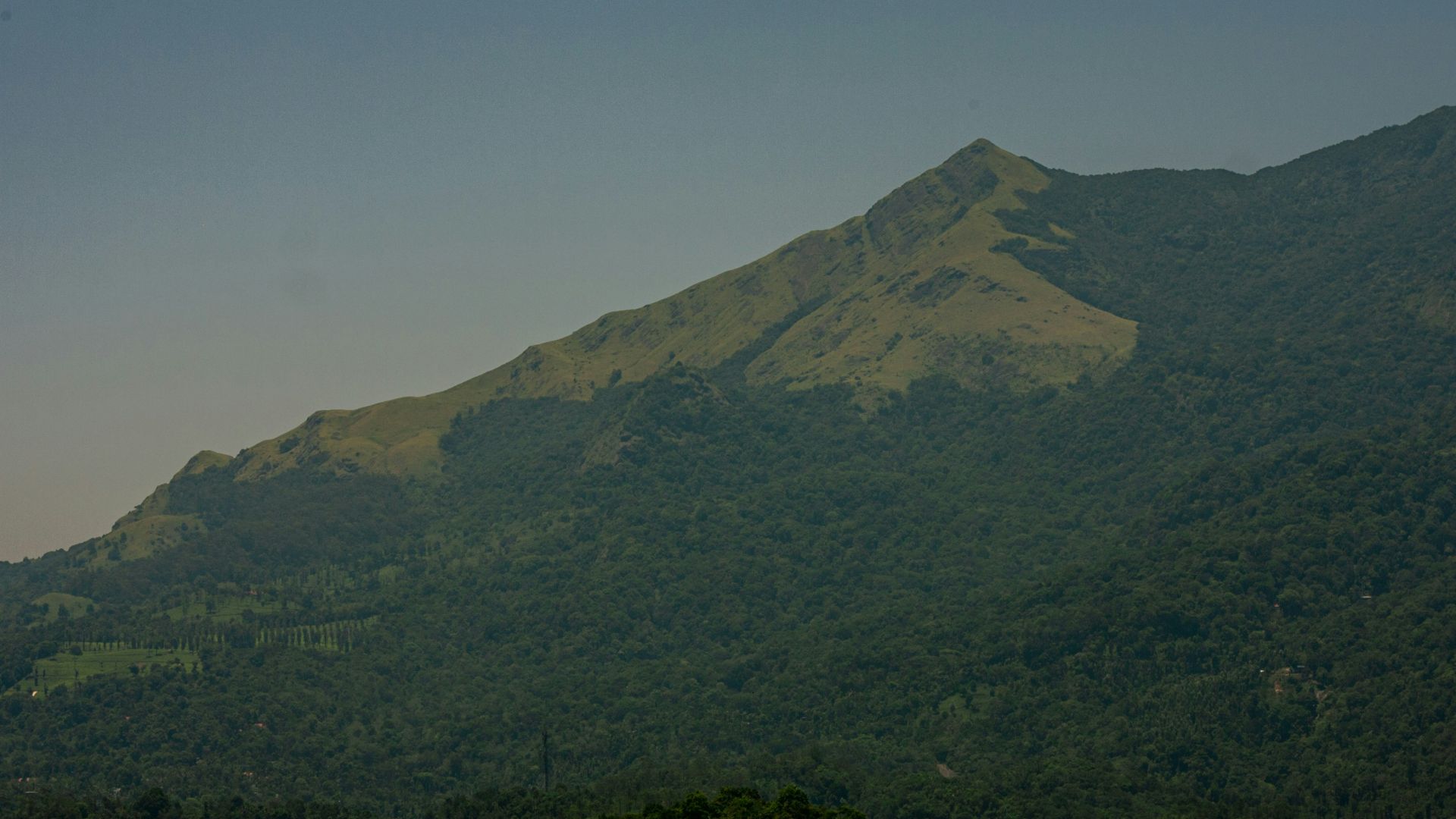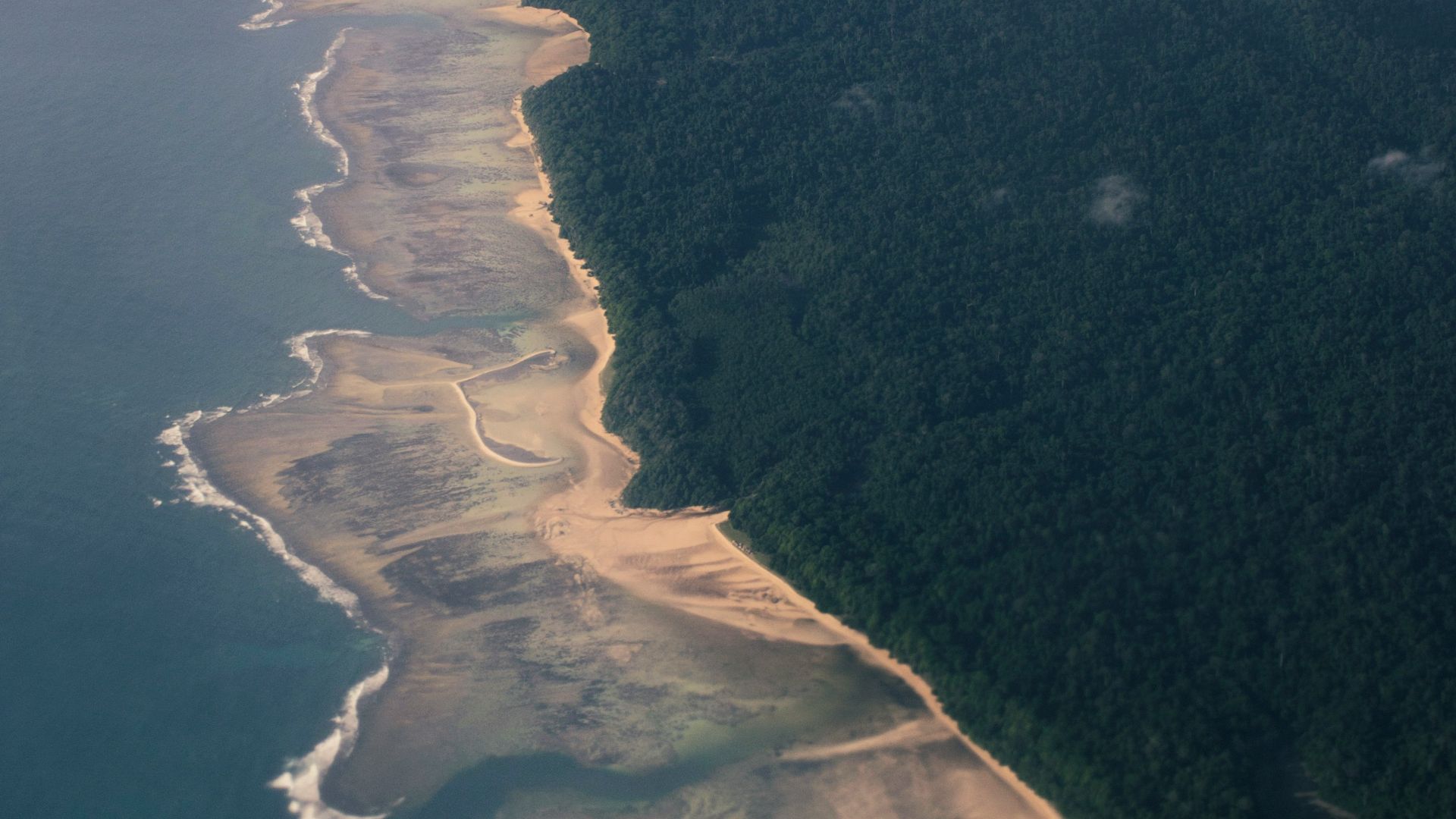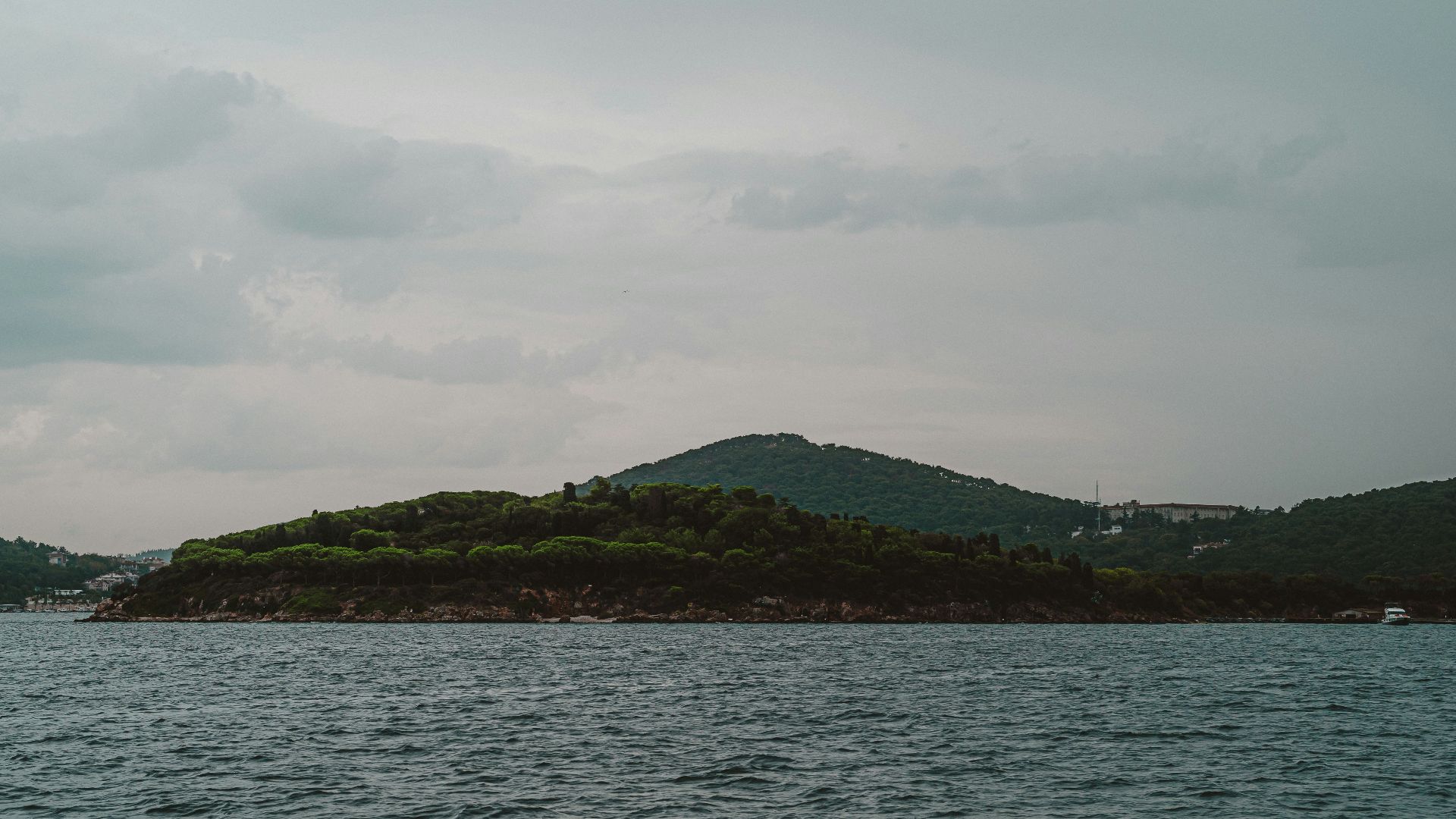Unexplored Worlds
Earth is home to many mysterious and unexplored places, untouched by humans where wild nature has its free reign and secrets remain unknown. From uninhabited islands and rainforests, to mountains and underwater caves, lost worlds have long captured scientists’ and explorers’ imagination. With that in mind, here are 20 places that we still know very little about.
1. Fiordland National Park
Fiordland National Park in New Zealand's a big, wild place, almost 5,000 square miles of nature that hasn't been explored yet. Picturesque fjords carved by glaciers long ago slice through the rainforest, huge mountains, and sparkling lakes. Vast areas are still off-limits, and there may be new species of plants and animals waiting to be found.
2. Northern Patagonia
Northern Patagonia is a remote and sparsely populated region in Chile. It remained untouched until the 1980s and is only accessible by highway since then. Large areas of northern Patagonia are still unexplored wilderness, including the largest temperate rainforest, glaciers, fjords, and geysers. It is sparsely populated, but boasts temperate rainforest, glaciers, fjords, and hot springs.
3. Surtsey Island
Surtsey is an island off the southern coast of Iceland that is one of the few places on Earth where a new landform can be witnessed in the making. Surtsey came into existence in a series of volcanic eruptions between 1963 and 1967 and has been largely uninhabited by humans. The island is off-limits to the public and scientists have been able to watch and document the process of colonization of an entirely new land area by birds, insects, and plants.
4. Kamchatka
A rugged peninsula in Russia's far east, Kamchatka is home to more than 300 volcanoes and is one of the most inaccessible places on Earth. It's also home to more species of salmon and more brown bears than any other place on the planet. Much of the peninsula was cut off from the rest of the world until the Soviet Union fell in 1991, and even today it's mostly unexplored and nearly uninhabited.
5. Riviera Maya
Situated in Mexico is an extensive network of underwater caves. These interconnected caverns that have been discovered under the Riviera Maya are some of the world's longest and most complicated cave systems. These underwater caves, Sistema Ox Bel Ha and Sistema Dos Ojos, have entrances connected to cenotes and are mostly made up of unmapped and unexplored parts that stretch far beneath the depths.
6. New Hebrides Trench
One of the least explored places on Earth is a deep-sea trench called the New Hebrides Trench in the South Pacific. It is a submarine canyon 4 and a half miles under the ocean surface. In 2013 researchers for the first time deployed submersible robots to explore the trench. The probes found species of prawn and eel different from those in other trenches.
7. Tsingy de Bemaraha
Madagascar's Tsingy de Bemaraha National Park gets its name from the rugged, pointed limestone rock that covers the area. Tsingy translates to "where one cannot walk barefoot" in Malagasy and the pointy rocks are almost impossible to navigate. The rock formations cover a large portion of the park which as of today remains unexplored.
8. Arakan Mountains
The Arakan Mountains and Northern Triangle Forests Bioregion covers India and Myanmar, where its steep subtropical forests are mostly undeveloped. These remote areas are wildlife refuges containing the largest tiger preserve in the world in Myanmar's Kachin State, as well as bears, red pandas, and gibbons.
9. Mount Mabu
Mount Mabu Rainforest in Mozambique was unknown to science until recently, although well known by locals. Scientifically undiscovered because of its remoteness and high-altitude terrain, it is difficult to access. In the few expeditions scientists have made to the area they have discovered many new species, and likely many more remain undiscovered.
10. Namib Desert
Namibia's Namib Desert is one of the oldest and driest places on the planet, and large areas of the desert have not been explored by humans. Towering dunes can be found across the desert, with the largest being Dune 7, a dune that is 1,256 feet tall, making it the world's tallest dune. The desert's remote and inhospitable terrain, including a lack of paved roads, has left much of the desert as a mystery to humanity.
11. Myanmar Northern Forest
Spanning a large area of Myanmar, Northern Forest Complex is a region of almost unexplored wilderness, largely inaccessible because of Myanmar's 60-year civil war. The war has helped to preserve the region's thick forests and make it a promising location for new discoveries. Although access is beginning to improve, trekkers are met with steep mountains, monsoons, blistering heat, and an almost total lack of trails.
12. Sakha Republic
Stretching across one-fifth of Russia, the Sakha Republic, also known as Yakutia, is one of the most remote places on Earth. Much of it lies north of the Arctic Circle. The region's climate is extreme. January highs only average -32°F. Winters can be brutal, but the resulting landscape is stunning. In summer, a bright sun gilds the bright white snow.
13. Son Doong Cave
Son Doong Cave in Vietnam is the largest cave on Earth. It's so big that an entire city block can fit inside it. This massive underground space was only discovered in 1991, and remained unknown to the outside world until 2009. Parts of it remain unexplored and unmapped, with entire collapsed ceilings creating holes in the roof where the sun can shine through.
14. Fiordland National Park
Fiordland National Park in New Zealand is a huge glacier-carved wilderness that contains some of the country's oldest rocks. Rare and unusual wildlife has survived in its remote landscapes, including the takahē, a giant endemic bird long thought to be extinct, and the kākāpō, the only nocturnal, flightless parrot in the world. Covering 2.9 million acres, Fiordland is one of the most sparsely visited and wildest areas in the Southern Hemisphere.
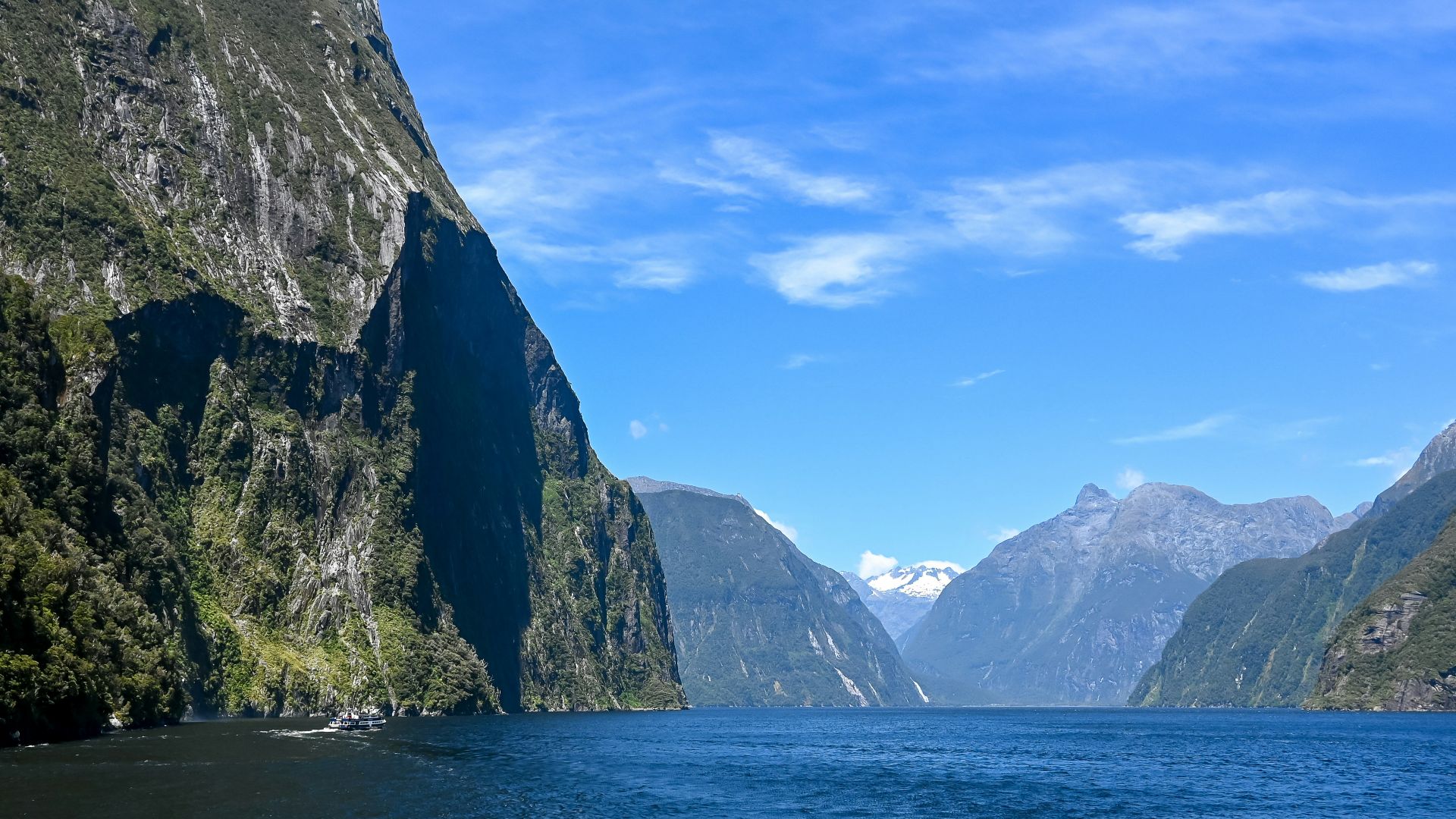 Athithan Vignakaran on Unsplash
Athithan Vignakaran on Unsplash
15. Vale do Javari
Vale do Javari is one of the most remote corners of the Brazilian Amazon Rainforest. It is home to an estimated 2,000 to 3,000 Indigenous people, many of whom belong to uncontacted tribes. The reason Vale do Javari is so inaccessible is not because of its physical geography.
16. Cape Melville
Cape Melville is a remote rainforested area on the cape of the same name in Australia. Towering granite boulders encircle Cape Melville, making travel to the Cape nearly impossible via land. It is completely cut off from civilization and in many ways it doesn't even feel like it is just 900 miles from Brisbane.
17. Star and Nakanai Mountains
The unexplored forests of the Star and Nakanai Mountains in Papua New Guinea are among the most inaccessible and least known in the world. No one has mapped hundreds of square miles of the mountain range. Nakanai is one of the world's most recently discovered places and its biological diversity is second to none.
18. North Sentinel Island
The most isolated place on Earth is possibly North Sentinel Island in the Bay of Bengal. It has been inhabited by the Sentinelese people for more than 55,000 years. North Sentinel Islanders have rejected contact with the outside world, allowing them to maintain their way of life and keeping the island largely unexplored. The island is surrounded by a three-mile exclusion zone, and is thought to be home to 50 to 300 people living in total isolation from the outside world.
19. Devon Island
Devon Island is the largest uninhabited island in the world and is located in Canada. It is larger than 21,000 square miles. It is a polar desert that is very similar to Mars. NASA often sends astronauts to Devon Island to train for future Mars missions. The only living things that inhabit the island are a small population of animals that can withstand the extreme conditions and extremophiles.
20. Northern Greenland
Northern Greenland is one of the least populated and most inaccessible places on Earth. Although Vikings and Indigenous Greenlanders have inhabited the coast for centuries, the far-northern interior is still being mapped as glaciers melt and new islands are exposed. With 80 percent of the island covered by an ice sheet more than a mile thick, Greenland's interior is mostly inaccessible and uninhabitable.


